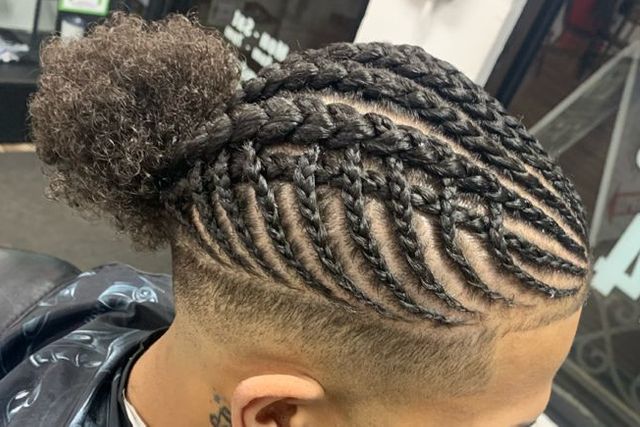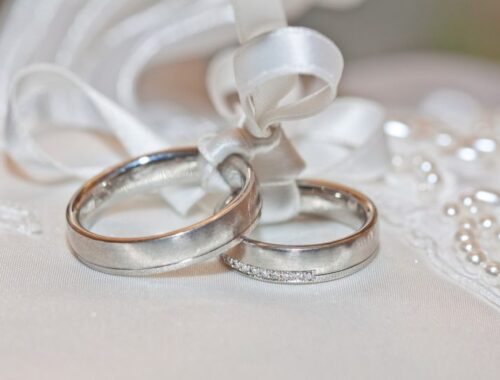Remember the days when a braid meant a basic three-strand braid, the one you took to school each day (tepidly)? Braids have changed dramatically over the years, and there are now a plethora of different styles to choose from, depending on your mood and the occasion. There’s no situation or venue where you can’t wear your hair in a braid, whether it’s for work, class, the gym, a wedding, or a date, which is what makes them so utilitarian and adaptable. You can make a box braids men as simple or as complex as you want, and pair them with ponytails, buns, and a variety of other hairstyles to create your own distinct look.
About Various Braid Styles
- Braid with three strands
The simple three-strand braid is the most basic of braids, and it’s a hairdo that we’ve all grown up with. It’s also most likely the first haircut you learned on your own. By experimenting with the size and textures of this basic braid, you may create a limitless number of haircuts.

- French Braid
A French braid is a kind of braid that is popular in France. Now, here’s another timeless braid that’s popular all throughout the world. On a hot summer day, the French braid is the easiest and most stylish way to keep your hair out of your face. It’s also a great hairdo for school or work. It may take you a little bit of practice to get the hang of French braiding, but once you do, it will take you less than 3 minutes to do it perfectly as box braids men.
- Braid with Fishtails
This braiding method is straightforward, but it is also tiresome and time-consuming. It starts with dividing the appropriate amount of hair into two pieces. A very small piece is pushed across the centre to the opposing part from below one of the two pieces. Then you tighten your grip and repeat. It might be tough to keep track of all of the small details, but the romantic final product is well worth the wait.
- Braids of Plait
Plait braids work on the same alternating concept as a traditional three-strand braid. The only difference is that you add more strands to a plaited braid. This makes remembering which strand is on top much more difficult. It’s typical to use four or five strands, but you could theoretically use as many as your hair length and attention span allow. You may start adding braided rope designs to your strands once you’ve mastered basic plaiting techniques.



